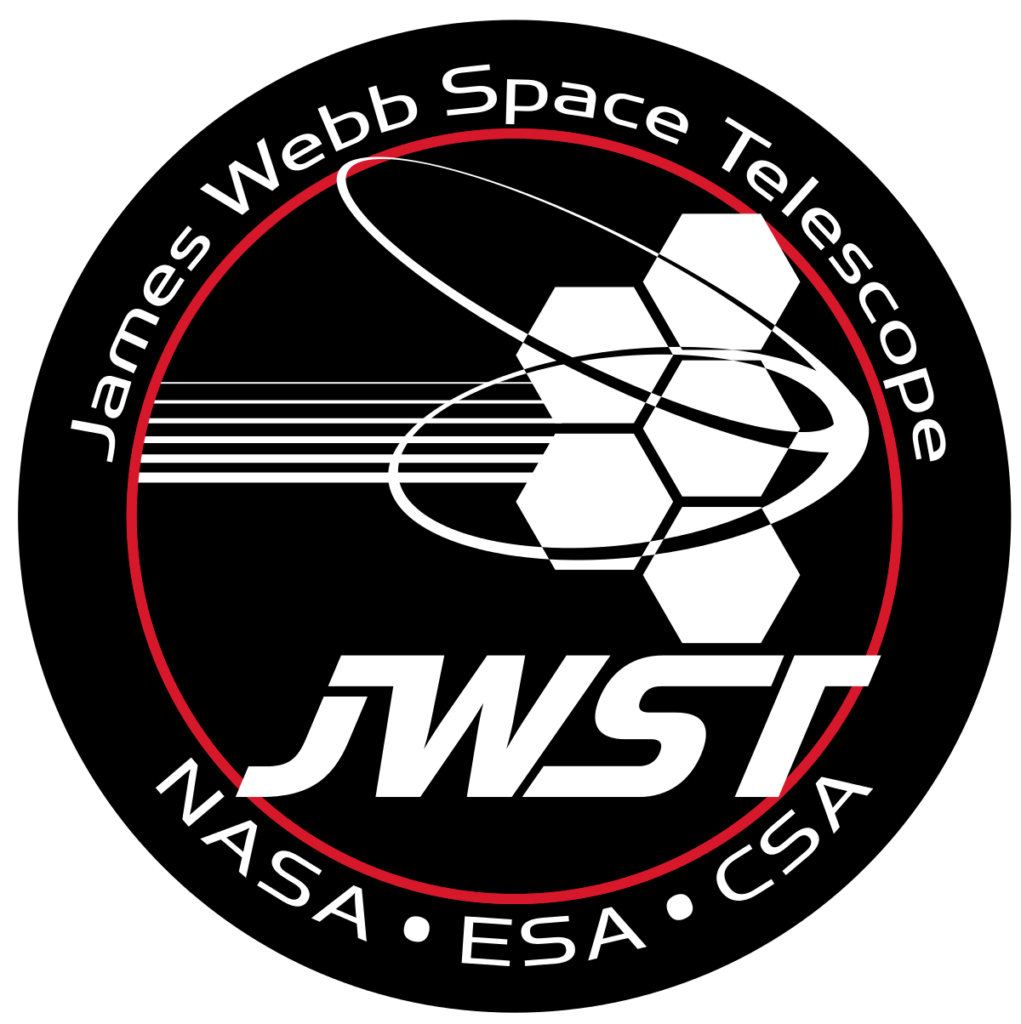
Location: Prescott Public Library, Founder’s Suite
Speaker: Dr. Rogier Windhorst
Comments:
Since 2002, Windhorst has been Interdisciplinary Scientist for JWST, with which he
plans to make detailed a study of the epoch of First Light, when the universe was much
less than one billion years old. He hopes to observe the First Stars directly during the
first 500 Myr via so-called cluster caustic transits, where gravitational lensing from
foreground galaxy clusters can temporarily produce extreme magnifications of these
individual early stars that happen be in exactly the right location behind the cluster. His
JWST GTO team also plans to monitor the best survey field at the North Ecliptic Pole
(NEP) to find the earliest supernovae with JWST in the first billion years, faint variable
brown dwarf stars in our Galaxy, faint variable Active Galactic Nuclei, and to study the
host galaxies of the first quasars seen less than one billion years after the Big Bang.
Bio:
Dr. Rogier Windhorst is Regents’ and Foundation Professor at Arizona State University
and Interdisciplinary Scientist for the James Webb Space Telescope (JWST). Since
1987, he helped build up a world class group of astrophysicists and the ASU
Cosmology Initiative, consisting of 16 faculty and numerous postdocs and students in
the ASU School of Earth and Space Exploration.
